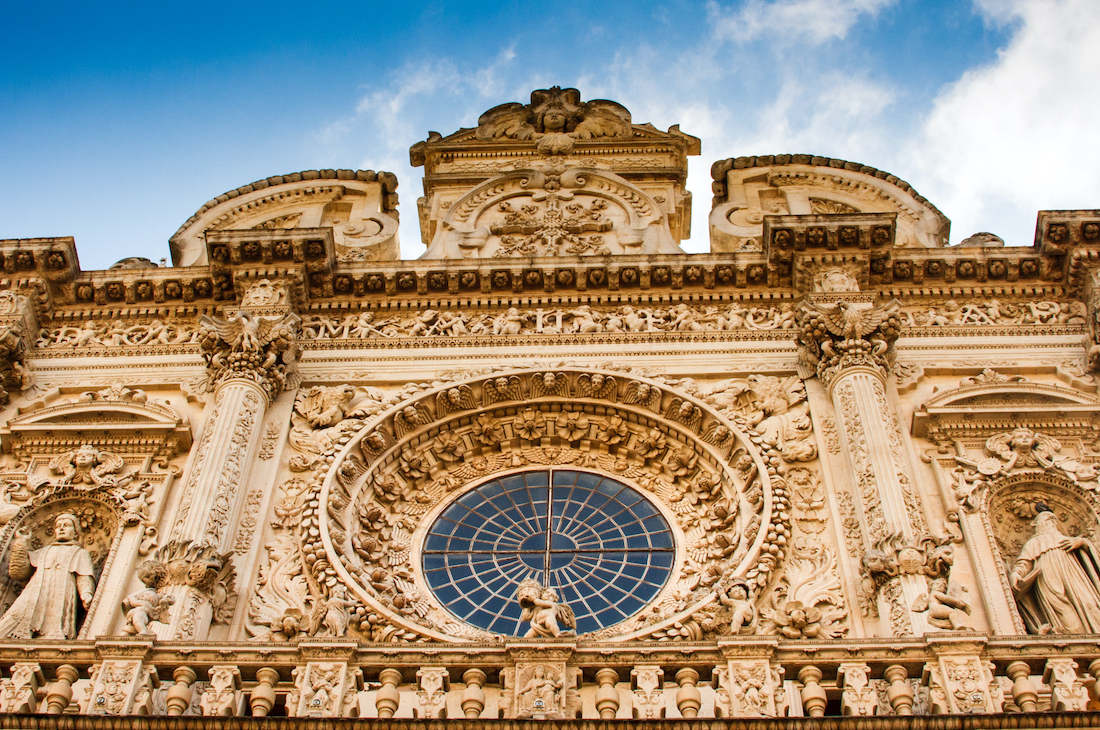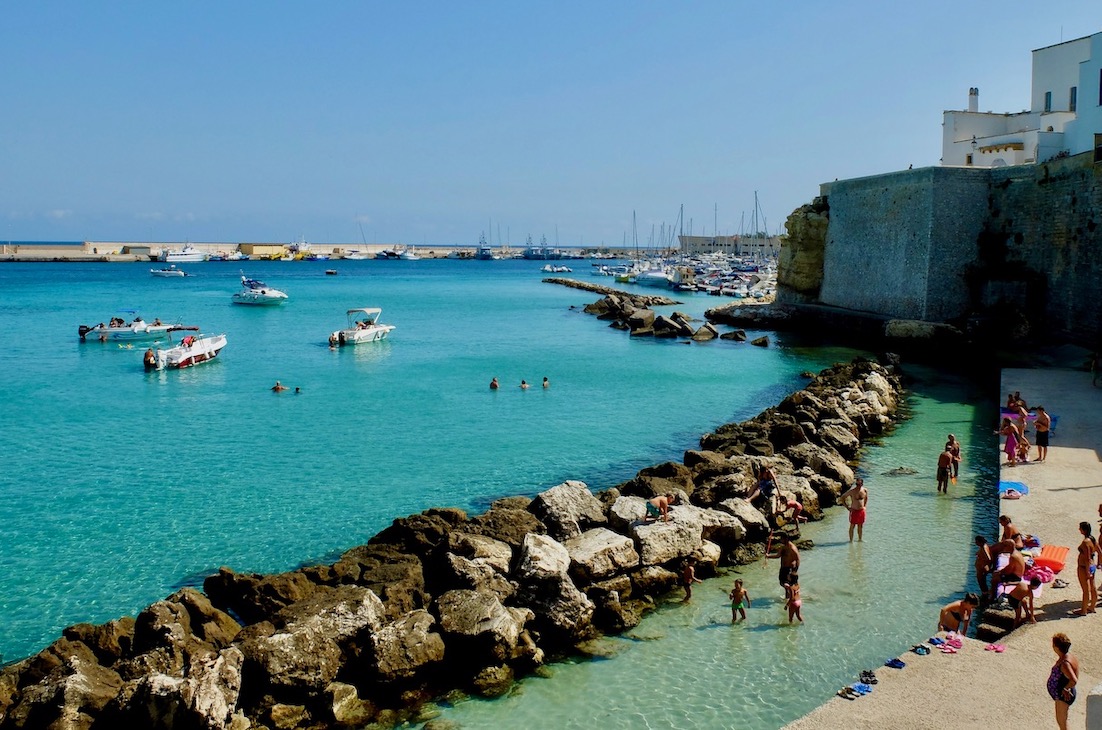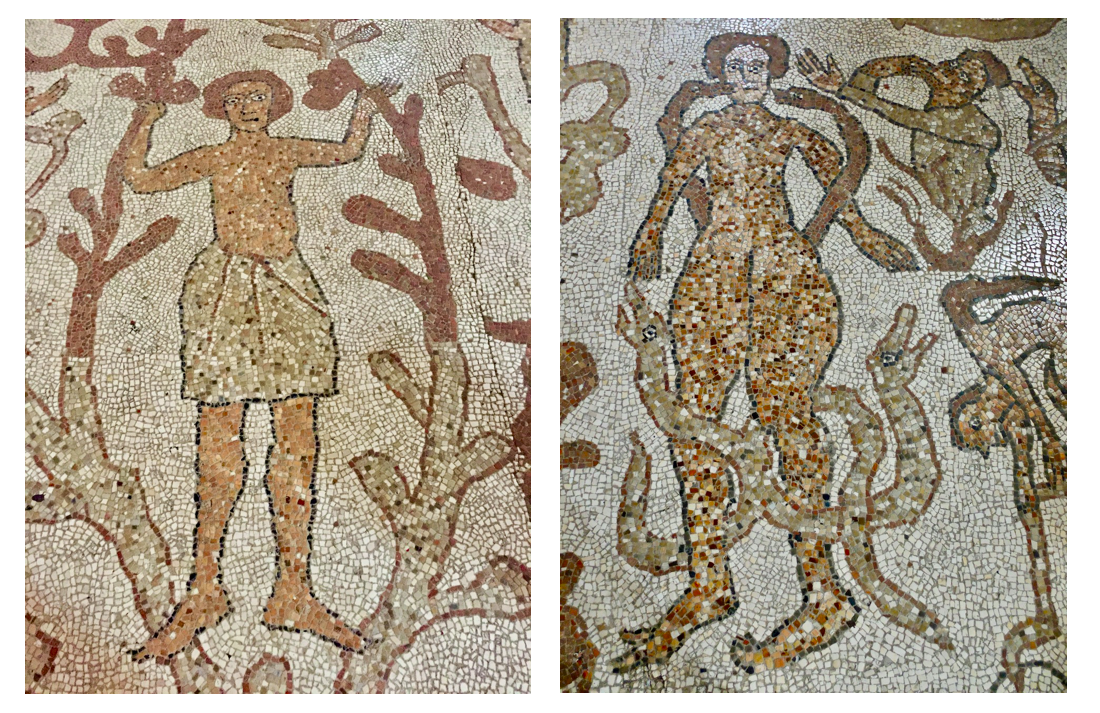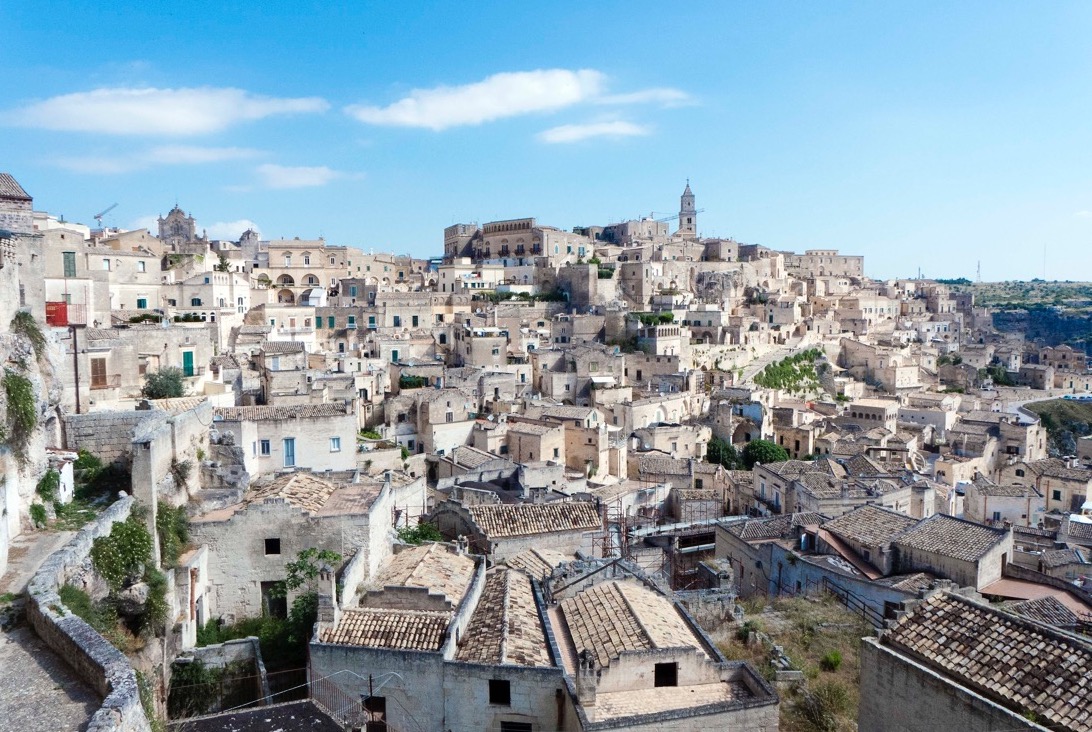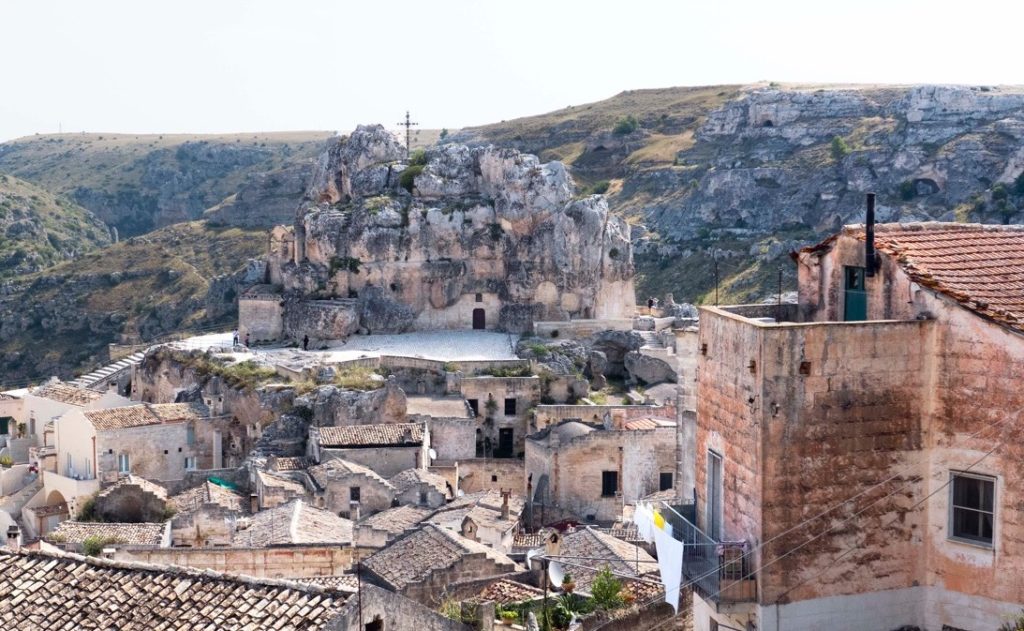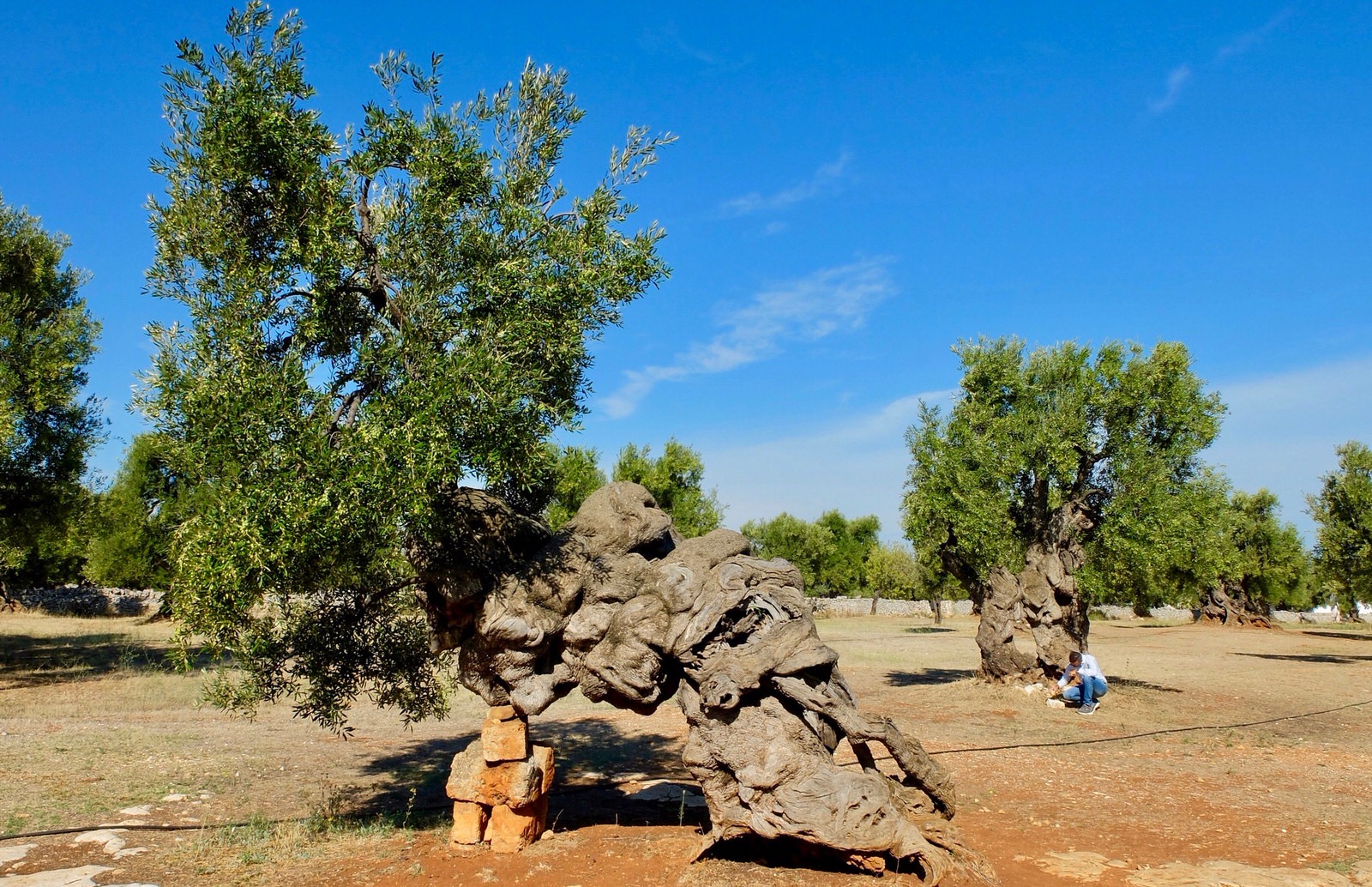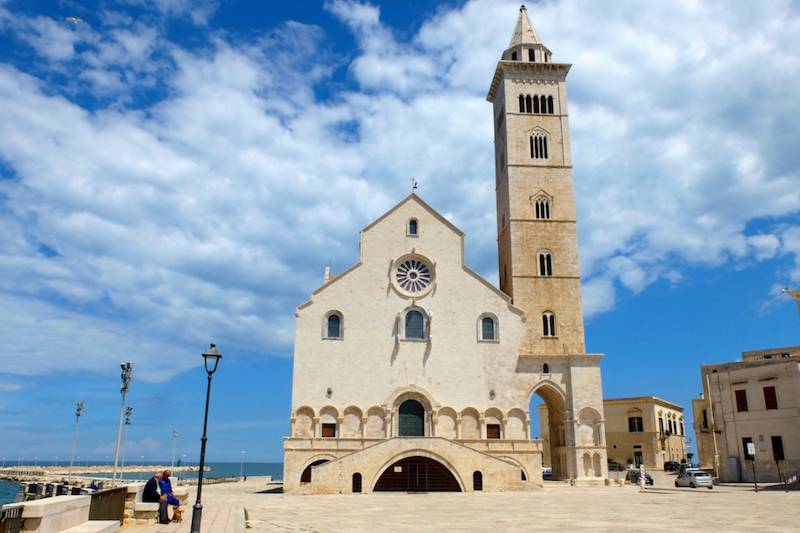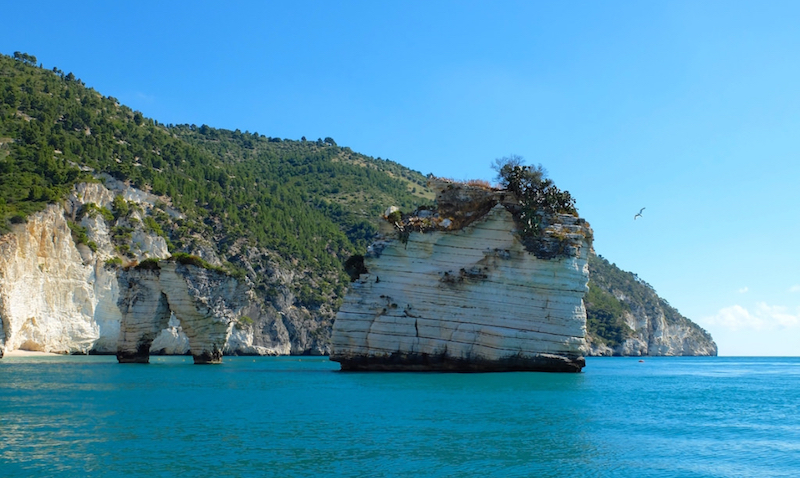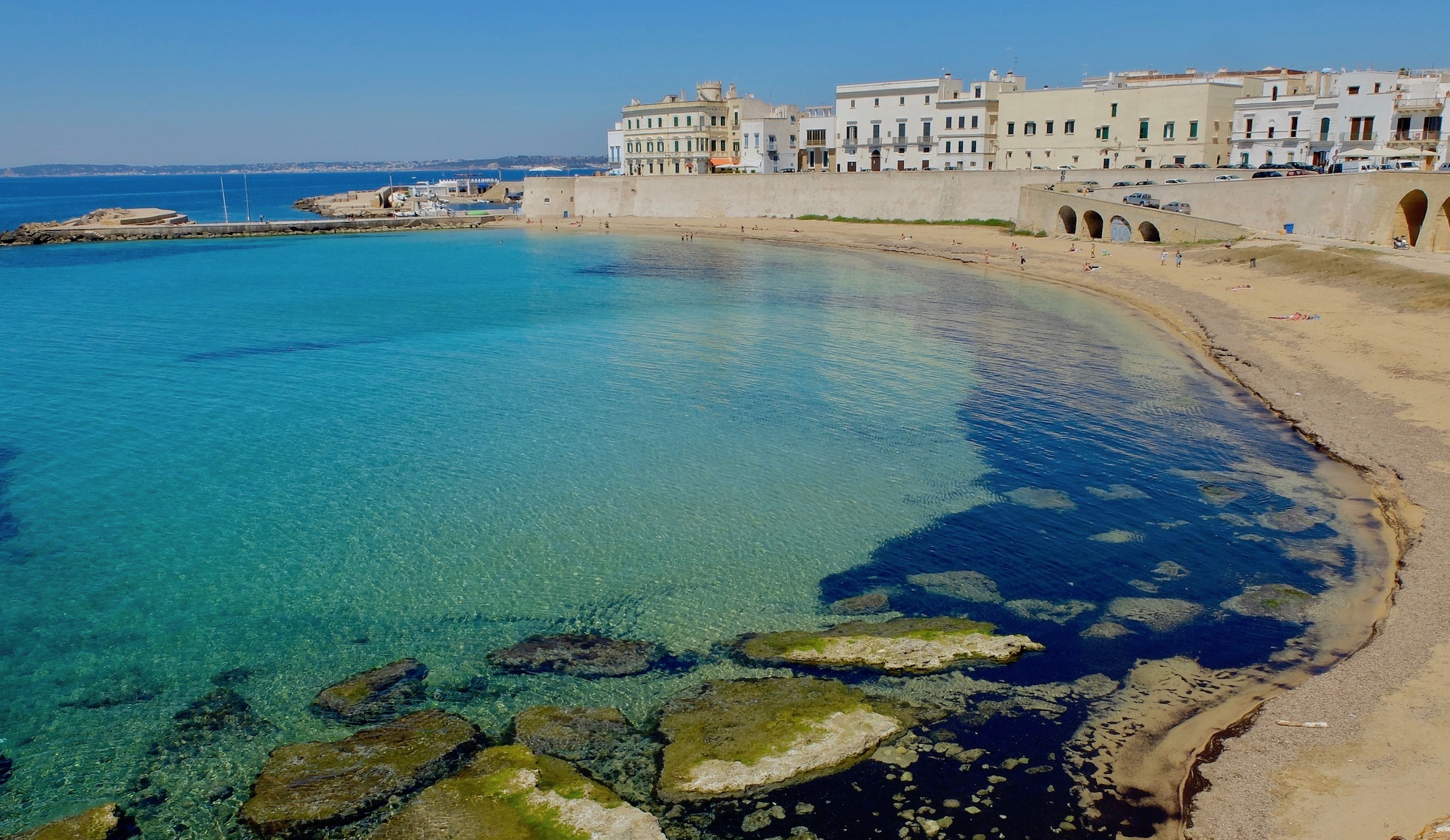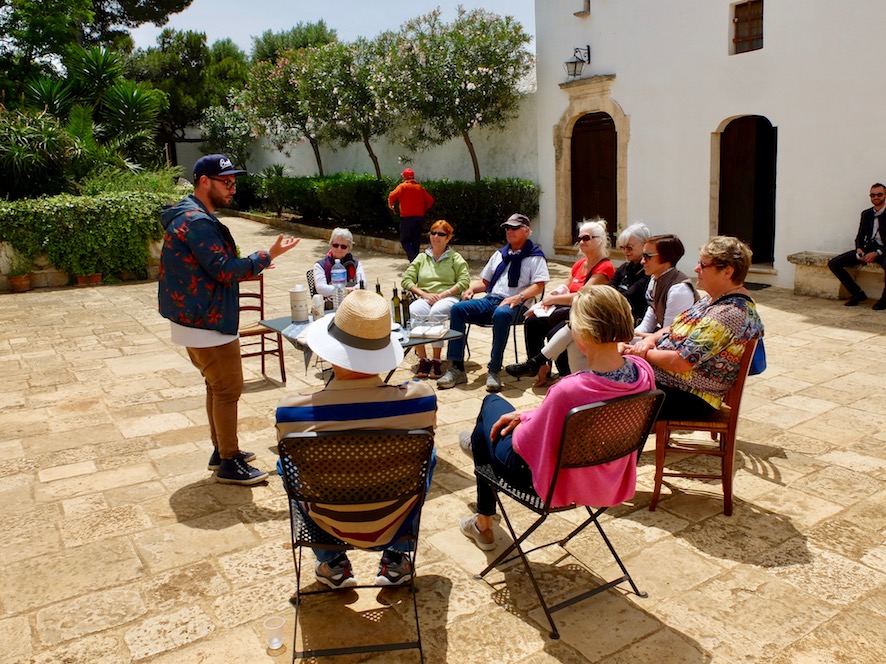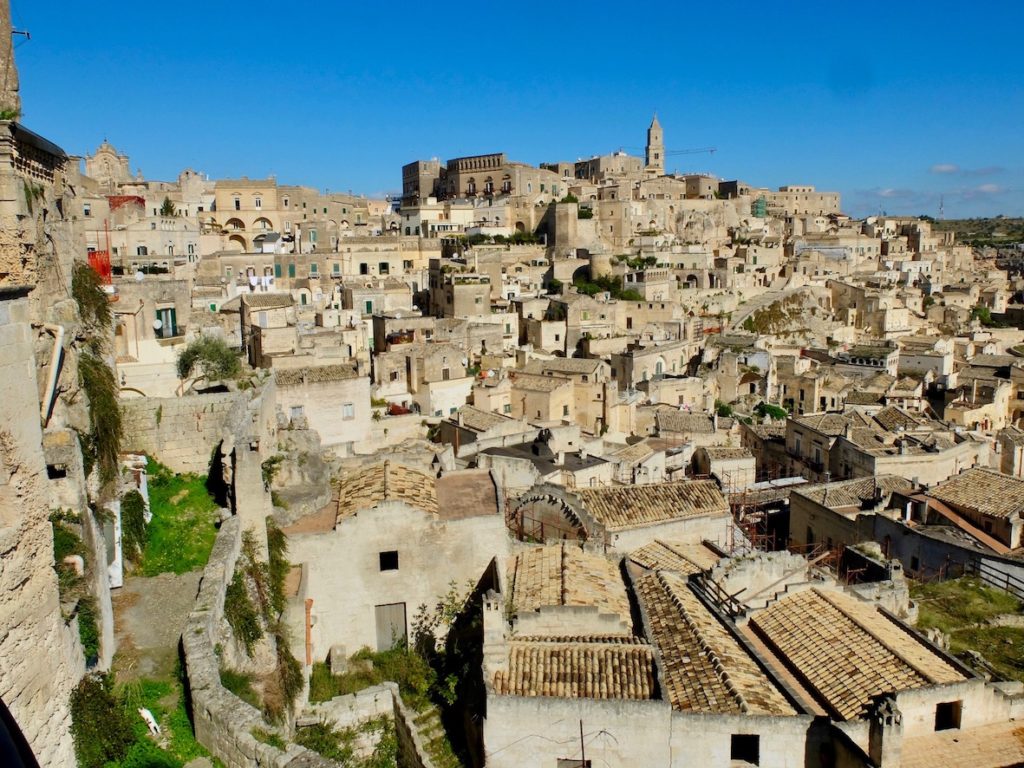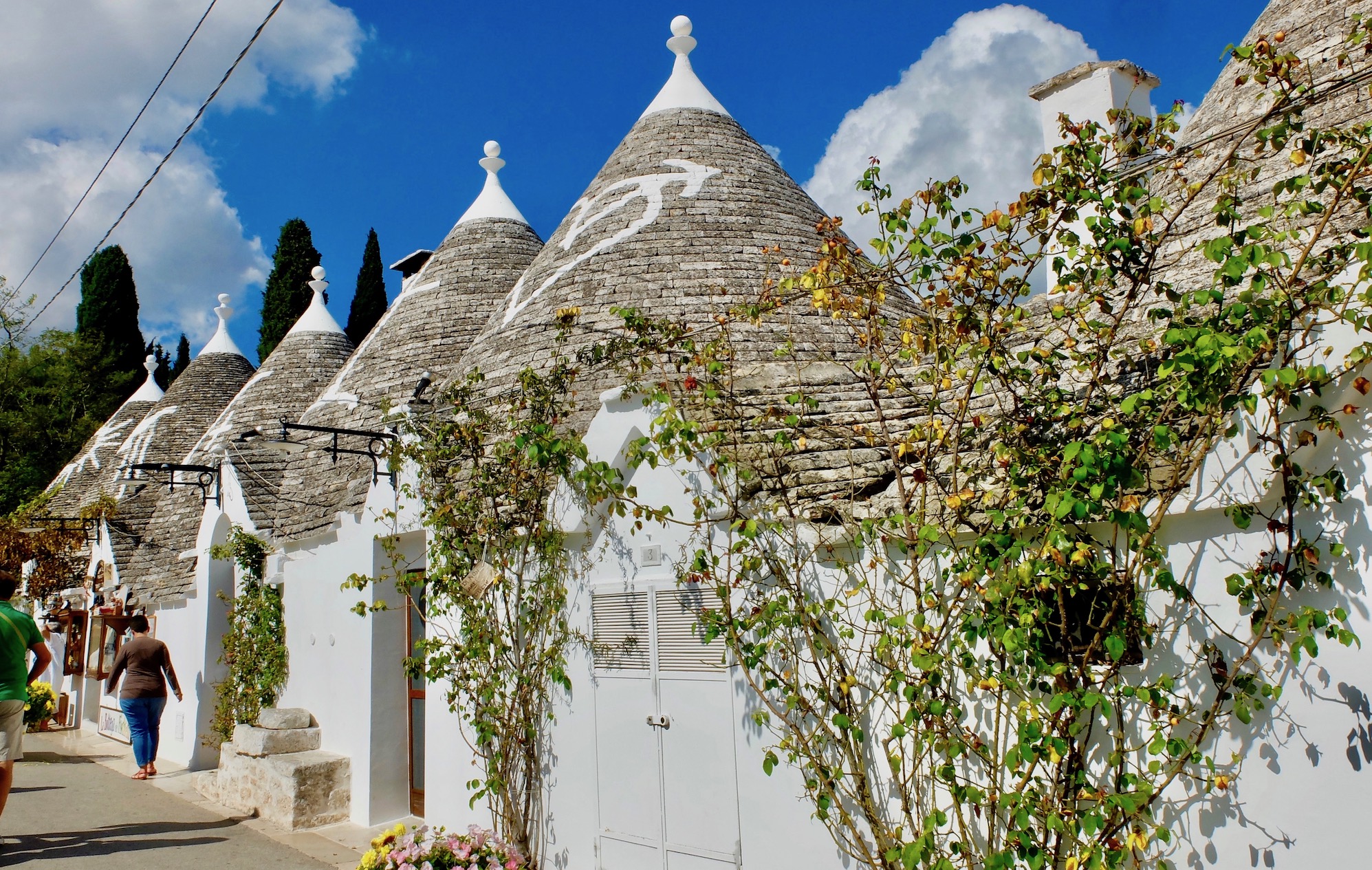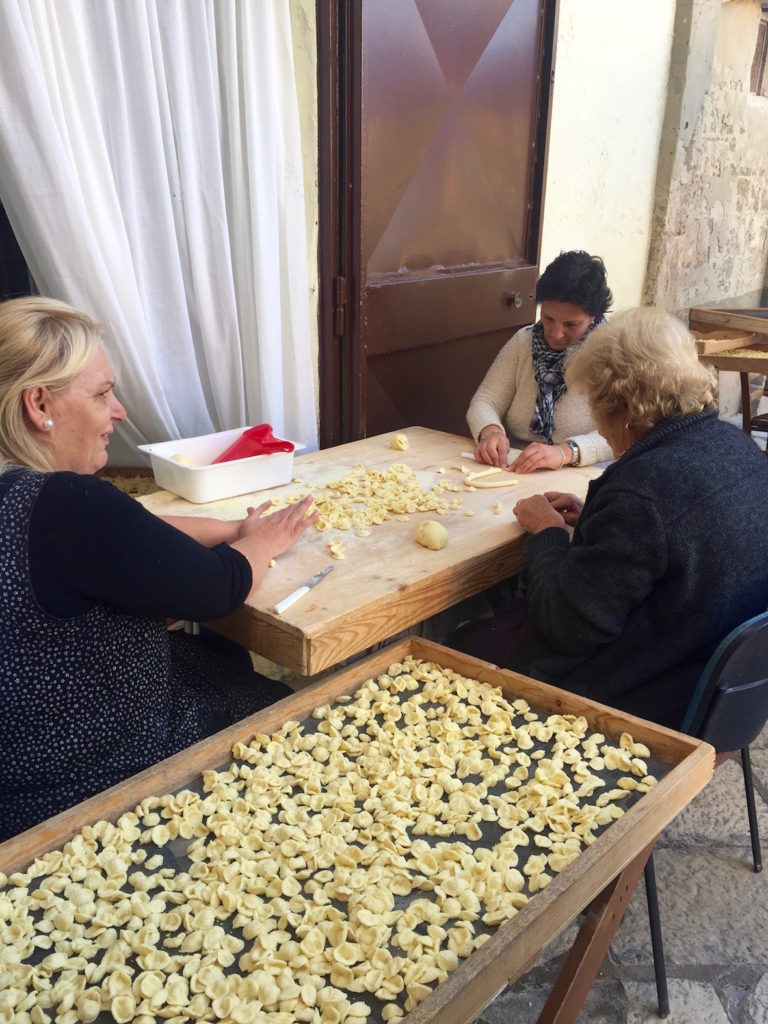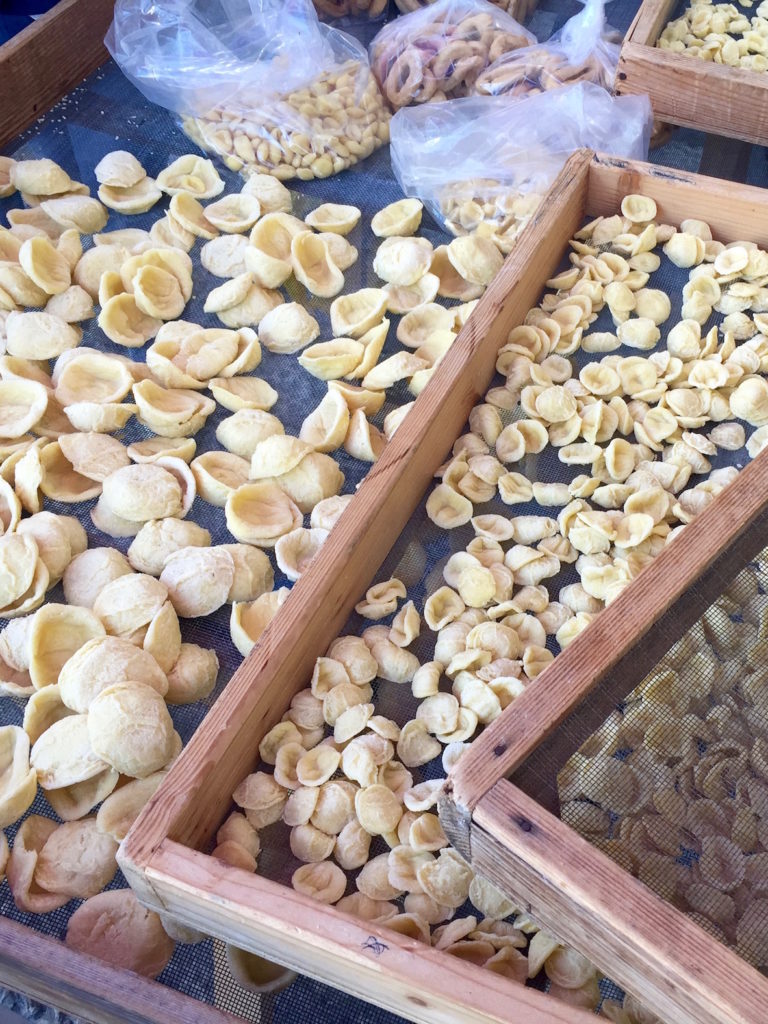11 Oct Discovering Lecce
Whether you’re on one of our small group tours to Puglia or setting off on your own adventure, Lecce should be at the top of your must-visit list for this southern region.
Known as the “Florence of the South,” Lecce is an enchanting destination that beckons travellers seeking a taste of Italy’s rich history and unparalleled architecture. Nestled in the heart of Puglia, this captivating city is a hidden gem.
The city’s history dates back to ancient times, with its roots in the Messapian civilisation. Over the centuries, it has been influenced by various cultures, which have left an indelible mark on the city’s architecture and cultural heritage.
Key Places to Visit
Lecce is renowned for its stunning Baroque architecture. The cityscape is adorned with intricate details and ornate facades. The distinctive Baroque style is characterised by the use of local golden sandstone, known as pietra leccese, which gives the buildings a warm, honey-coloured glow. As you stroll through the city’s winding streets, you’ll encounter these masterpieces at every turn.
The city centres on Piazza Sant’Oronzo, named after Saint Oronzo, the city’s patron saint. Piazza Sant’Oronzo is known for its Roman ruins, including a well-preserved Roman amphitheatre. The square also features a column with a statue of Saint Oronzo at the top and an elegant loggia that was an early town hall.
The remarkably well-preserved Roman Amphitheatre is a testament to the city’s ancient history. Its construction dates back to the second century AD and the time of Emperor Hadrian’s rule. It was only discovered by accident in 1901 when workers were digging foundations for a new building.
Another iconic square, the city’s religious heart, is the Piazza del Duomo featuring the Duomo di Lecce. The cathedral itself is a stunning example of Lecce Baroque architecture with an elaborate façade adorned with sculptures and ornate decorations.
The Basilica di Santa Croce is perhaps the masterpiece of Lecce Baroque. The church is adorned with a façade featuring a rich abundance of statues, cherubs, and baroque designs.
Another prime example of Lecce’s architectural splendour is the Palazzo Celestine, a former monastery that now houses the City Hall. In 1807 during the Napoleonic occupation, the Celestine fathers were evicted, and the convent was put to other uses.
Not much remains of Lecce’s fortified walls, but the Porta Napoli still stands. Completed in 1548 after a commission by Charles V to fortify the city, Porta Napoli is one of three entrances built into Lecce’s city walls. The entrance gate is a reminder of Lecce’s defensive past and offers an excellent photo opportunity.
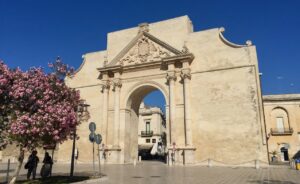
Culinary Delights of Lecce and Salento
No trip to Lecce would be complete without savouring the region’s exquisite cuisine. Lecce and the surrounding Salento area have a distinct culinary identity, with several dishes that are unique to the region.
Rustico Leccese
A popular snack or street food, Rustico Leccese is a savory pastry filled with tomato, mozzarella, and bechamel sauce. It’s often enjoyed as a quick, delicious bite.
Pasticciotto
This is a famous dessert from Lecce and Salento. Pasticciotto is a sweet pastry filled with creamy custard in various flavours, including classic vanilla and fruit variations.
Leccese Tarallini
These are small, crunchy, ring-shaped biscuits that make for an excellent snack or appetizer. They can be found in popular flavours, such as fennel or black pepper.
Melanzane Ripiene
Stuffed eggplants are a common dish in Lecce. The eggplants are typically hollowed out and filled with a mixture of breadcrumbs, cheese, herbs, and sometimes meat. They are then baked until golden and delicious.
Orecchiette con Cime di Rapa
While orecchiette pasta is not unique to Lecce, the way it’s prepared with cime di rapa (broccoli rabe or rapini) is a local speciality. The combination of the pasta’s shape and the slightly bitter greens creates a flavourful and beloved dish in the region.
Be sure to explore the local restaurants and trattorias to savour these delicious specialities during your visit to Lecce.
Exploring the Salento Area
Lecce’s strategic location makes it an ideal base for exploring the picturesque Salento region of Puglia. Nearby towns like Otranto and Galatina are easily accessible and offer unique cultural experiences, from historic churches to charming coastal landscapes.
Otranto
This coastal gem boasts a beautiful beach, a captivating historic centre, and the stunning Otranto Cathedral with its exquisite mosaic floor.
Galatina
Known for its impressive Basilica of Saint Catherine of Alexandria, Galatina offers a glimpse into Puglia’s religious heritage. Here, you can also visit the Pasticceria Ascalone, where Pasticiotto itself was invented in 1745.
Lands’ End
A short drive from Lecce will take you to Santa Maria di Leuca, where the Adriatic and Ionian Seas meet, marking the southernmost point in Puglia. The views here are nothing short of breathtaking.
You can stay in Lecce on our 14-day Road Less Travelled Tour of Puglia, or visit the city on our 8-day Highlights of Puglia Tour.

